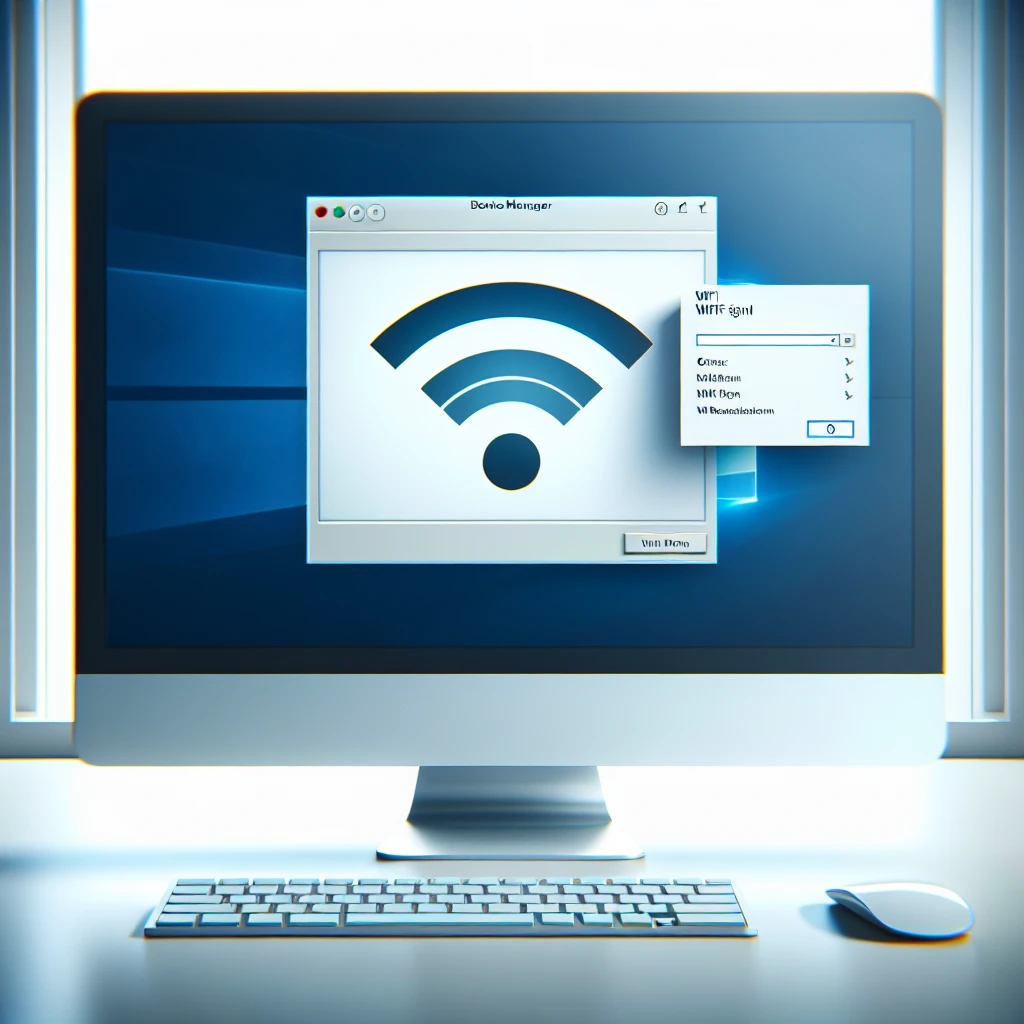Introduction
Encountering problems with your WiFi adapter can be frustrating, especially when it doesn’t appear in the Device Manager. The Device Manager is a powerful tool that allows users to examine hardware and their drivers. If your WiFi adapter isn’t showing up, it can disrupt your internet connectivity and overall digital experience. In this comprehensive guide, we’ll explore the typical causes behind this issue and provide practical solutions to get your WiFi adapter back on track.
Common Reasons for WiFi Adapter Not Showing in Device Manager
Understanding the root cause of why your WiFi adapter isn’t appearing in Device Manager can guide you towards a solution. Here’s a table summarizing the common reasons:
| Reason | Description |
|---|---|
| Driver Issues | The driver for your WiFi adapter may be missing, outdated, or corrupted. |
| Hardware Problems | The physical WiFi adapter could be malfunctioning or disconnected. |
| BIOS/UEFI Settings | Your BIOS or UEFI settings may be disabled for the WiFi adapter. |
| Operating System Glitches | System bugs or issues can sometimes hide hardware components from Device Manager. |
| Power Management Settings | Power management settings can inadvertently disable the WiFi adapter to save energy. |
Fixing Driver Issues
Update or Reinstall WiFi Adapter Driver
- Open Device Manager.
- Click on Network adapters.
- Right-click on your WiFi adapter and select Update driver.
- Choose Search automatically for updated driver software.
- Follow the on-screen instructions to install the latest driver.
If updating doesn’t work, you may need to reinstall the driver:
- Open Device Manager.
- Right-click on your WiFi adapter and select Uninstall device.
- Restart your computer.
- Windows should automatically reinstall the driver.
Resolving Hardware Problems
Inspect Physical Connections
Check if the WiFi adapter is correctly inserted into its slot (for internal adapters) or connected to the USB port (for external adapters).
Test the Adapter on Another Device
To verify if the adapter is defective, try connecting it to another computer. If it works, the issue likely lies with your original device.
Checking BIOS/UEFI Settings
Access BIOS/UEFI
- Restart your computer and enter the BIOS/UEFI by pressing the designated key (usually F2, F10, F12, or Del).
- Navigate to the Advanced or Integrated Peripherals section.
- Ensure that the WiFi adapter or Wireless LAN setting is enabled.
Save Changes
- Save any changes made and exit the BIOS/UEFI settings.
- Reboot your computer.
Addressing Operating System Glitches
Run Windows Troubleshooter
- Open Settings and navigate to Update & Security.
- Select Troubleshoot and click on Network Adapter.
- Click on Run the troubleshooter and follow the on-screen instructions.
Adjusting Power Management Settings
Change Power Management Settings
- Open Device Manager.
- Expand the Network adapters section.
- Right-click your WiFi adapter and select Properties.
- Navigate to the Power Management tab.
- Uncheck Allow the computer to turn off this device to save power.
- Click OK to save your changes.
Conclusion
With the steps outlined above, you should be well-equipped to address the issue of your WiFi adapter not showing up in the Device Manager. Whether it’s a driver problem, hardware issue, or BIOS/UEFI setting, following these procedures will help you restore your WiFi connectivity. Remember, patience and thoroughness are key when troubleshooting technical issues.

